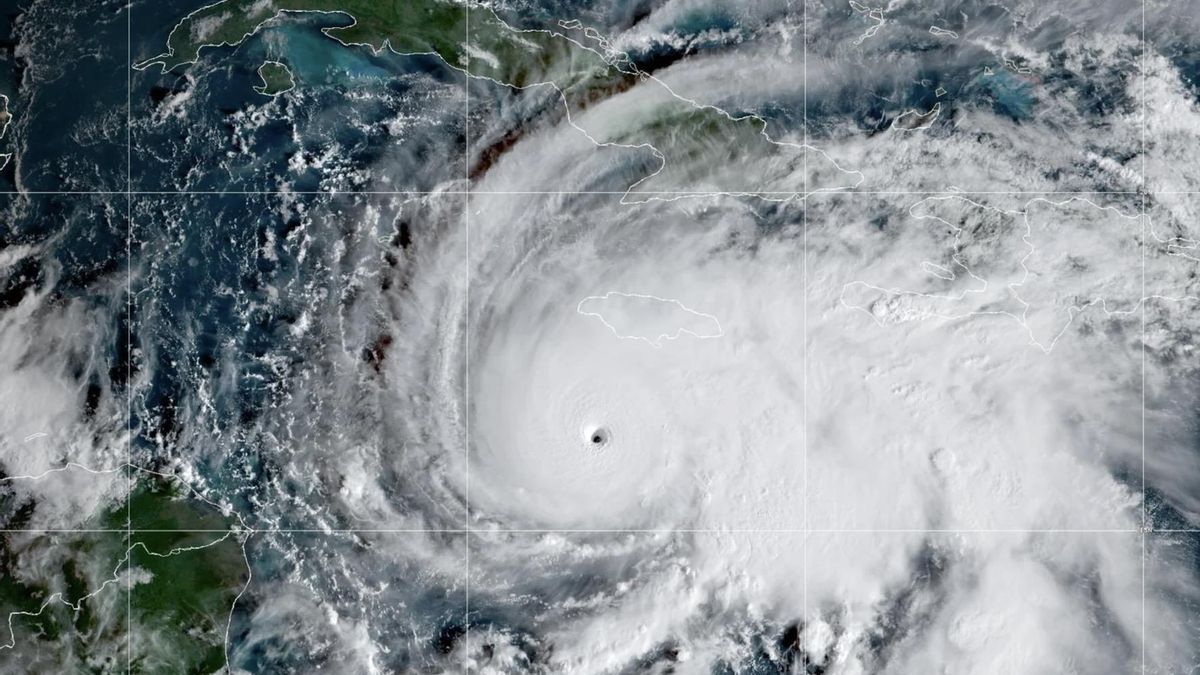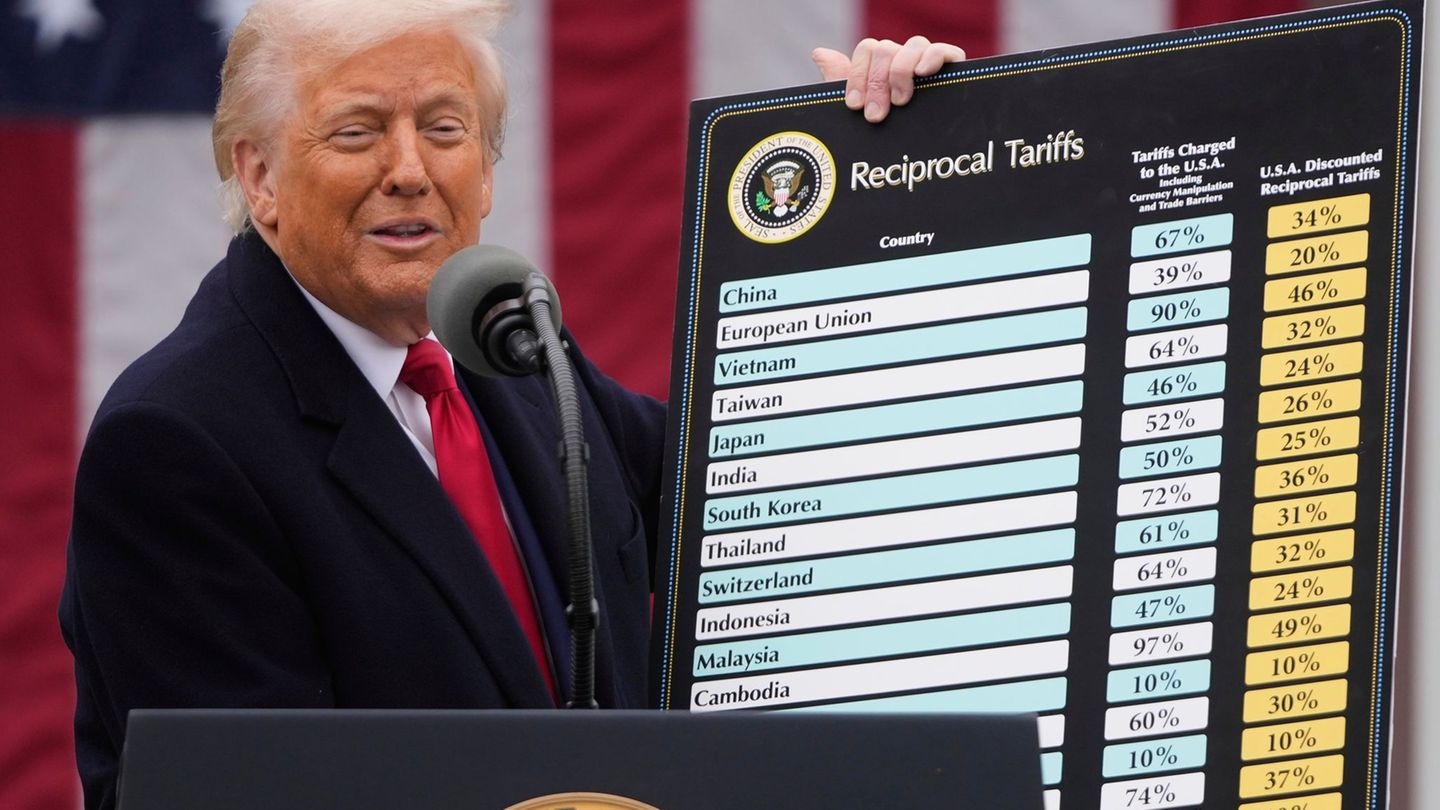Menu
Conflict with Trump: customs dispute and no end: exports to the US
Categories
Most Read
what happens with fixed term rates
October 28, 2025
No Comments
how much they will charge in November 2025 after the last agreement
October 28, 2025
No Comments
Calculate your pension with a monthly salary of 4,100 euros: This is how much money comes out
October 28, 2025
No Comments
Why is the pension 190 euros higher in the East? This atlas shows it
October 28, 2025
No Comments
How the main banks operate today, October 28, 2025
October 28, 2025
No Comments
Latest Posts

Franco Colapinto was faster than Pierre Gasly in the Mexican Formula 1 GP: the study that verified it
October 28, 2025
No Comments
October 28, 2025 – 2:12 p.m. Although the Frenchman finished before the Argentine, a report showed that Colapinto had a better race pace despite the

maximum alert in the Caribbean
October 28, 2025
No Comments
Hurricane Melissa, which hits the Caribbean During this Tuesday, it already made landfall. With winds of up to 270km/hthe phenomenon reached category 5 (the maximum

The US announced that it eliminated 14 suspected drug traffickers in attacks on boats in the Pacific
October 28, 2025
No Comments
October 28, 2025 – 1:41 p.m. There are already at least 57 dead in their fight against drug trafficking from Latin America. US forces were
24 Hours Worlds is a comprehensive source of instant world current affairs, offering up-to-the-minute coverage of breaking news and events from around the globe. With a team of experienced journalists and experts on hand 24/7.

